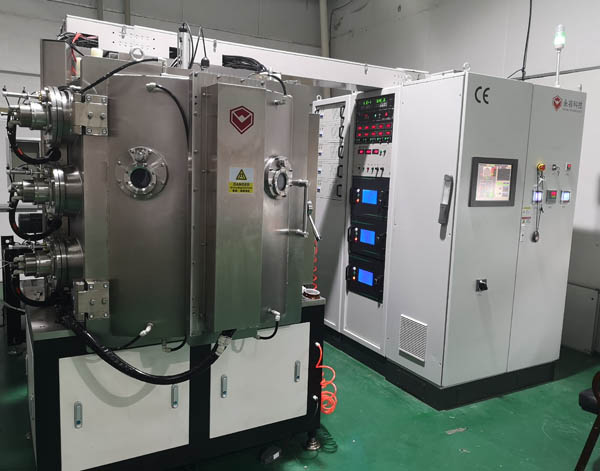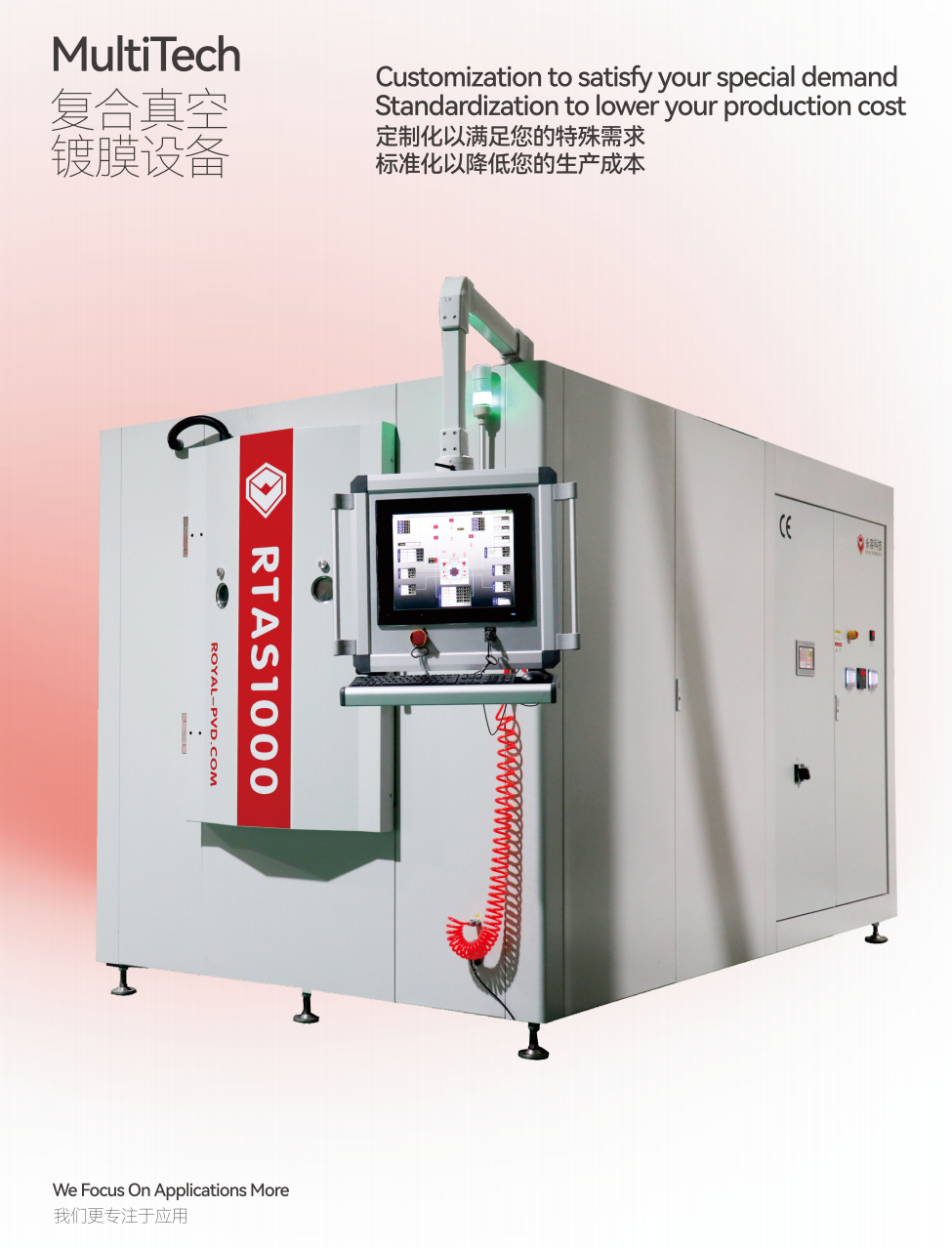Customization to satisfy your special demand Standardization to lower your production cost -- We Focus on Applications More
PVD Gold Sputtering is also used for coating circuit panels and electronic components due to its excellent conductivity, for coating optical fibers, batteries and high end faucets and fixtures. Gold Sputtering processes are invaluable for biomedical implants that serve as radiopaque coatings that are visible in x-rays and lifesaving procedures like coating tissue samples to make them visible for scanning under electron microscopes.
Gold Sputtering coatings are a thin film deposition process where gold or a gold alloy is bombarded with high energy ions in a vacuum chamber resulting in the gold atoms or molecules being “Sputtered” into the vapor and condensing on the substrate to be coated such as jewelry, circuit boards or medical implants. ---Above Article is from Semircore
PVD vacuum coating technology in the jewelry industry , one important application is the metal instruments, like: Bracelets, necklaces, earrings etc.
Considering the bio-compatibility, Titanium material is used for PVD coating equipment mainly for decoration coatings on the metal, ABS parts.
The ranged colors are silver, black, gold. When introducing different reactive gas and target materials the colors are changing slowly, during the deposition changing period, to get the idea desired colors.
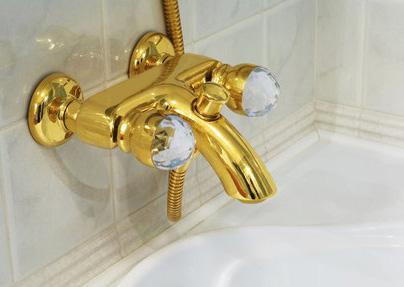
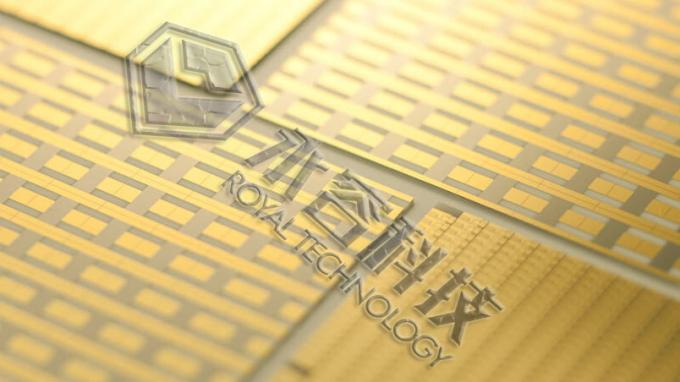

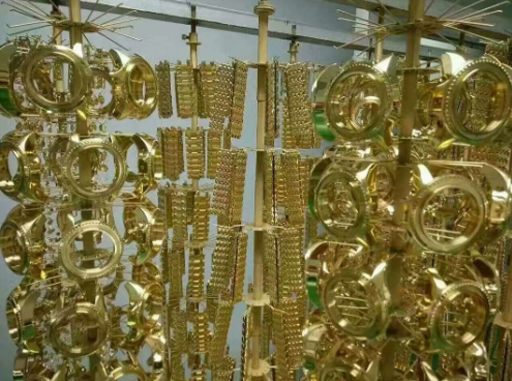
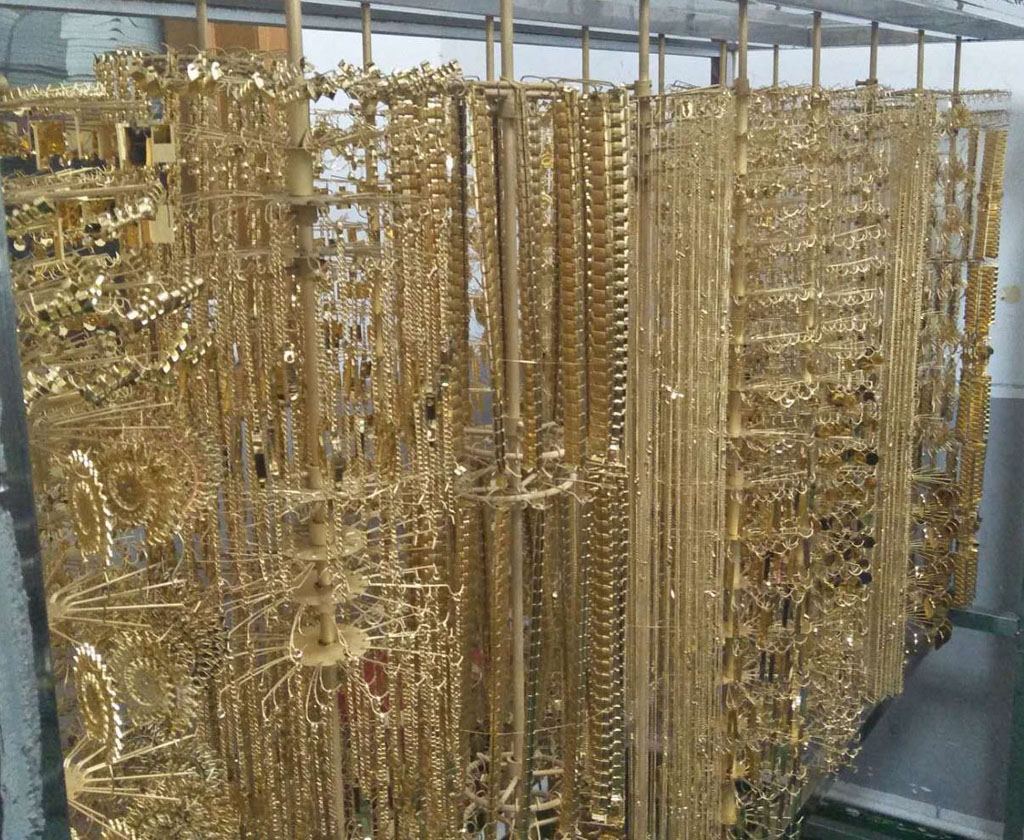
PVD coatings offer several advantages compared to other types of watch coatings.
Here are some key advantages of using PVD coatings:
· Durability: PVD coatings are highly durable and offer excellent resistance to wear, scratches, and corrosion. The deposition process creates a hard and protective layer on the watch surface, enhancing its longevity and reducing the risk of damage.
· Aesthetic Options: PVD coatings provide a wide range of color options, allowing watch manufacturers to create various finishes and styles. From black DLC coatings to gold-toned TiN coatings, PVD offers versatility in achieving different aesthetic preferences and can mimic the appearance of precious metals.
· Uniformity: PVD coatings provide a uniform and consistent layer on the watch surface, ensuring an even distribution of color and protection. This results in a visually pleasing and high-quality finish, enhancing the overall appearance of the watch.
· Thin Coating Thickness: PVD coatings are typically applied in thin layers, ranging from a few micrometers to tens of micrometers. This allows the watch to maintain its original dimensions and does not significantly affect the weight or functionality of the timepiece.
· Environmental Friendliness: PVD coating is a relatively environmentally friendly process compared to other coating techniques. It is a dry process that does not produce harmful byproducts or require the use of harsh chemicals, making it a more sustainable choice.
· Compatibility with Different Materials: PVD coatings can be applied to a wide range of materials, including stainless steel, titanium, ceramic, and even some plastics. This versatility allows watch manufacturers to apply PVD coatings to various components of the watch, such as cases, bezels, and bracelets, ensuring consistent protection and aesthetics.
· Cost-Effectiveness: PVD coatings are generally more cost-effective compared to other coating methods, such as electroplating or ion plating. The process is efficient, and the equipment required for PVD deposition is relatively accessible, making it a viable option for both high-end and mid-range watches.
Overall, PVD coatings offer a combination of durability, aesthetic versatility, and cost-effectiveness, making them a popular choice for watch manufacturers. They provide enhanced protection and visual appeal to timepieces, ensuring that they can withstand daily wear and maintain their appearance for an extended period.
The machine is designed and manufactured strictly following CE standards.
- Separated design structure, impact footprint.
- Advanced planar sputtering cathode design, high utilization of target up to 35%
- High ionization rate, high density of deposited film
- Multiple compound coating processes are available
- One-Touch auto coating system, equipped with HMI program
- Planetary driving system for high uniformity
- Powerful vacuum pumps package for shorter cycle time,energy saving, lower production cost
|
KEY CONFIGURATIONS |
|
|
Description |
RT1000-IPG |
|
Deposition Chamber (Inner size, mm ) |
φ1000 * H1000 |
|
Effective coating zone( mm ) |
φ800 x H700 |
|
Planetary rods: |
6 or 8 |
|
Deposition Sources |
1 Planar sputtering cathodes: W125*H850 mm |
|
Linear Ion Source |
1 set: W125*H850 mm |
|
DC sputtering power supplies(KW) |
2 sets |
|
Pulsed Bias Power (KW) |
1 set |
|
Backing Pumps (Leybold) |
1*SV300B+1*WAU501 |
|
Holding Pump (Leybold) |
1*TRP36 |
|
High Vacuum Pumps |
Molecular pump |
|
MFC |
5 units |
|
Vacuum Gauge |
1 set |
|
Heater (KW) |
18 |
|
Electrical Enclosure |
CE standard |
|
Water/Gas distribution Cabinet |
1 set |
|
Max. Power& Average |
75 / 40 |
|
Security Operation Space (mm) L*W*H |
3000*3000*2800
|
These configurations are standard, for a specific developing market and new special coatings, the customized configurations and modifications are available on requests.


